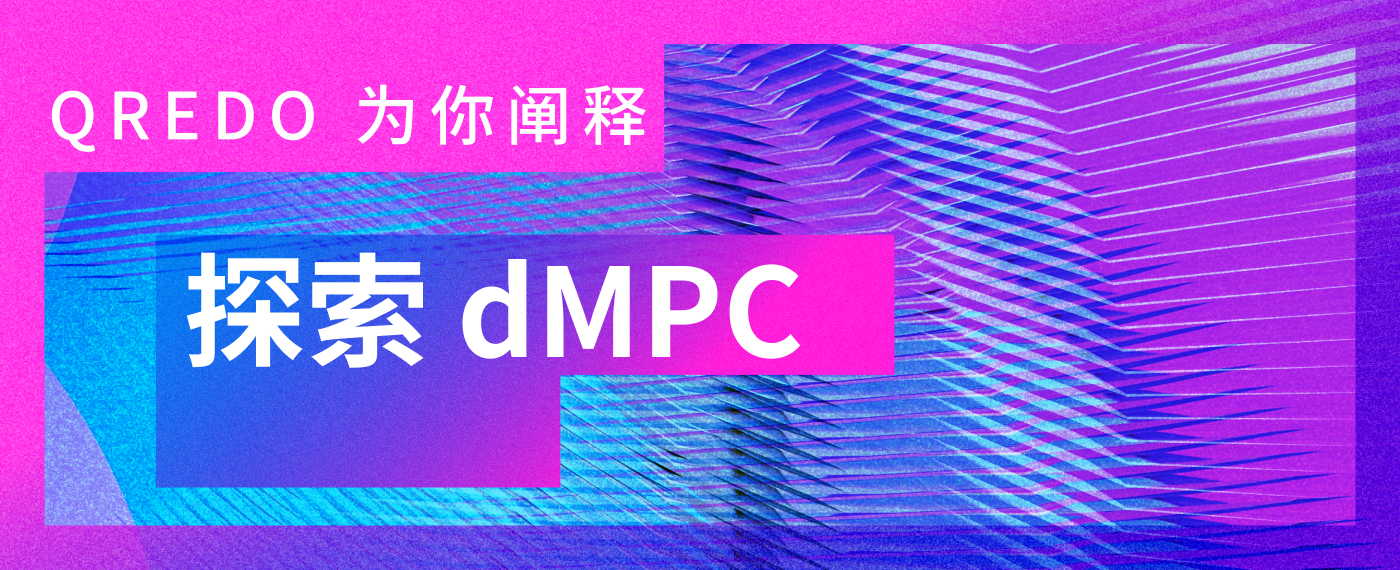
sovereignty. control. Safety. Three key principles of encryption.
What cryptocurrencies really offer users is the ability to take full control of your assets and information, eliminating the need for a trusted third party or intermediary.
However, as the market develops and more people look for ways to manage and trade digital assets, more solutions emerge to simplify the process.
In doing so, many users have either chosen or inadvertently sacrificed basic control over their assets, placing them under the management of a third party who ultimately controls the keys to the assets.
Qredo is different. By using a unique implementation of decentralized multi-party computation, Qredo offers users a way to securely manage their keys and digital assets without compromising the sovereignty and control underlying the technology.
But what is decentralized and traditional MPC, and how does it work in practice?
What is MPC?
Multi-Party Computation (MPC)It is a cryptographic technique invented by Chinese computer scientist Andrew Yao in the 1980s.
This innovation is reflected in Yao Ming's "millionaire problem", which aims to solve the problem of two mysterious rich men trying to find out who is richer without revealing the exact amount of money they own.
MPC distributes computational work among multiple parties by using complex encryption.
From anonymous buyer offers at a Danish beet auction to securing sensitive medical information in large-scale trials, MPC has grown to become the encryption technology of choice for crypto asset users seeking to protect their private keys.
By splitting the data across multiple nodes, the data is kept in a more secure environment, with no single stakeholder holding the keys to the system.
One of the main issues with crypto asset security remains the private key, which, if lost or compromised, could open up assets to unknown third parties.
MPC useThreshold Signature Scheme (TSS)to create and distribute independently held portions of the private key, where no single individual has control over the private key.
Why do we need dMPC?
By decentralizing control of network nodes, decentralizing MPC computation, and ensuring sensitive key material is not under the control of any single entity, QredoTake this concept a step further。
Crypto is all about decentralization, promising that as long as you control the keys, your coins are never yours.
However, most MPC implementations of ultimate control over your assets in the form of signature mandates remain in the hands of trusted third parties, with custodians or exchanges holding tokens not much different from banks.
This is why Qredo has developed the concept of Decentralized MPC (dMPC), aiming to provide crypto asset owners with a truly independent and secure network without sacrificingSatoshi Visionassets can be held and traded on the network.
How does dMPC work?
Decentralized MPC solves the problems of private key management and asset control by creating multiple independent secrets.double problem, these secrets are distributed among MPC nodes on a fast deterministic blockchain.
The information is stored in top data centers in six financial centers around the world, and each node independently generates its own key information and is protected in a secure environment.
encrypted withQredo's layer 2 blockchainCombined, this facilitates controlled access and instant settlement between network participants.
When Qredo Network is fully decentralized, it will mean that your assets will always be under your control,Even if Qredo Ltd itself is somehow compromised。
For assets held by third parties, such as exchanges, your assets may lose your control, for example, if the exchange goes into bankruptcy proceedings.
Qredo Chinese page:
Original link:https://www.qredo.com/blog/qredo-dmpc-how-it-works-and-why-it-matters
Qredo Chinese page:qredo.com/zh-cn



